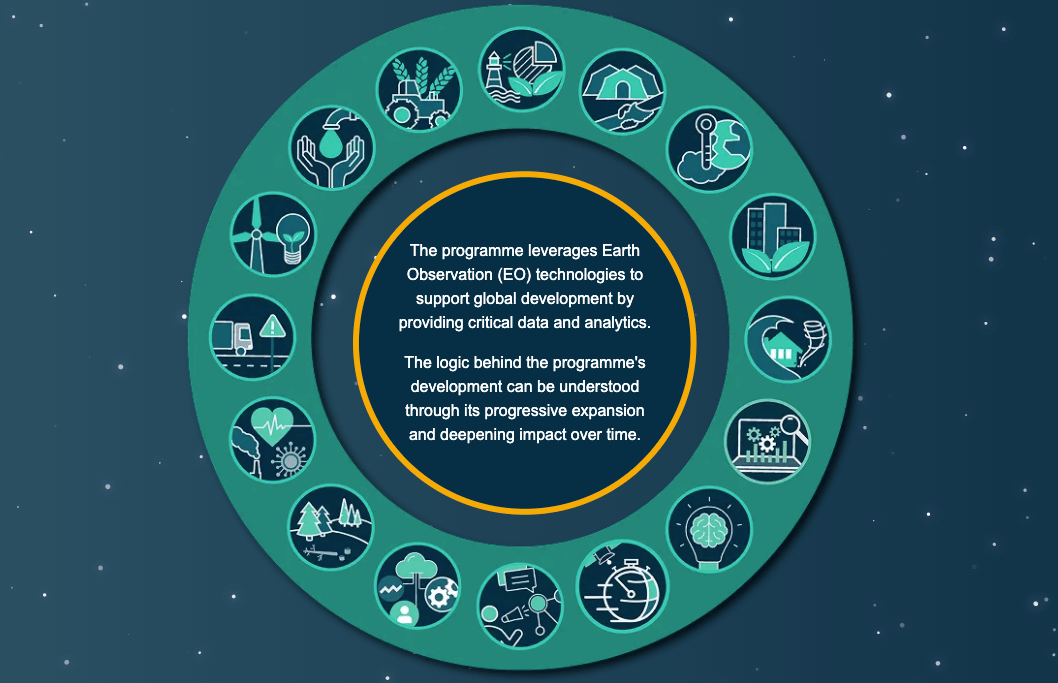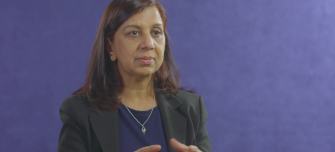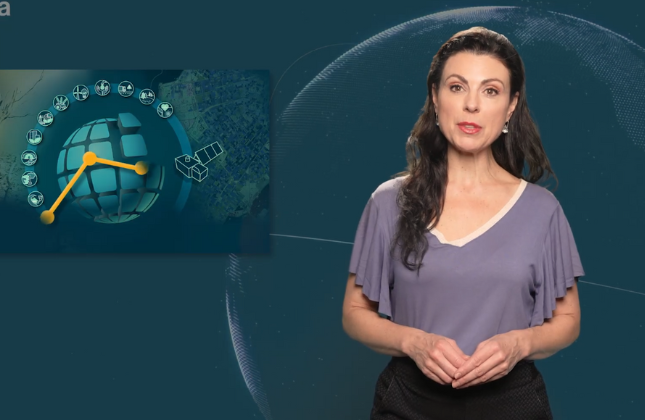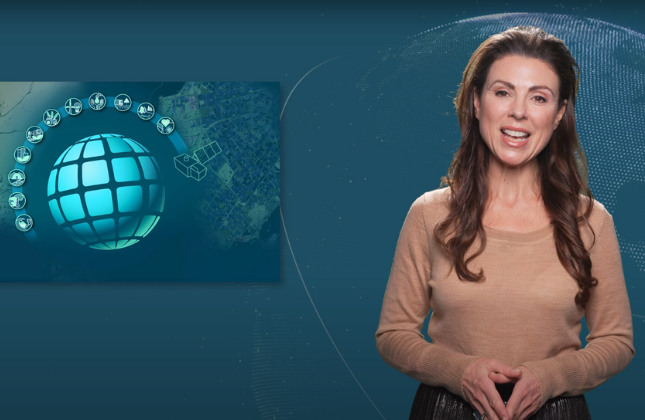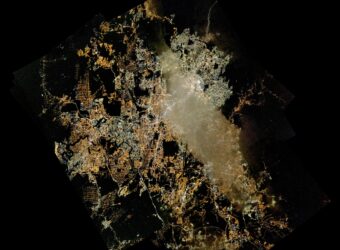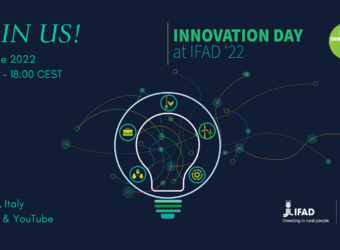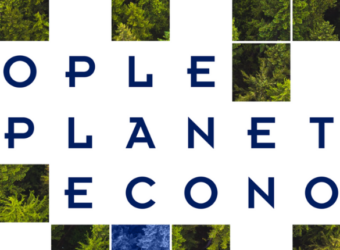The Autumn 2023 GeoField Convening took place from September 12 to 14, hosted at the headquarters of the Food and Agriculture Organization (FAO) of the United Nations in Rome. This event had as a central theme the potential of Earth Observation (EO) data for monitoring and evaluating (M&E) outcomes of climate-sensitive agriculture (CSA) initiatives. In essence, it epitomised the interplay between EO in M&E and M&E in EO, highlighting the synergistic relationship between these two facets in the context of sustainable development. By holding the conference in the epicenter of agricultural multilateralism, it underscored collaborative efforts and partnerships, such as the institutional partnership between ESA and FAO, that are crucial in advancing our understanding of and response to global agricultural challenges.
The European Space Agency (ESA) plays a central role in driving forward global development endeavours, mirroring its impactful contributions via the Global Development Assistance (GDA) programme. ESA’s dedication to harnessing Earth Observation (EO) data for M&E in development cooperation, particularly in fields like climate-sensitive agriculture, has opened the door for better management and more efficient allocation of funds.
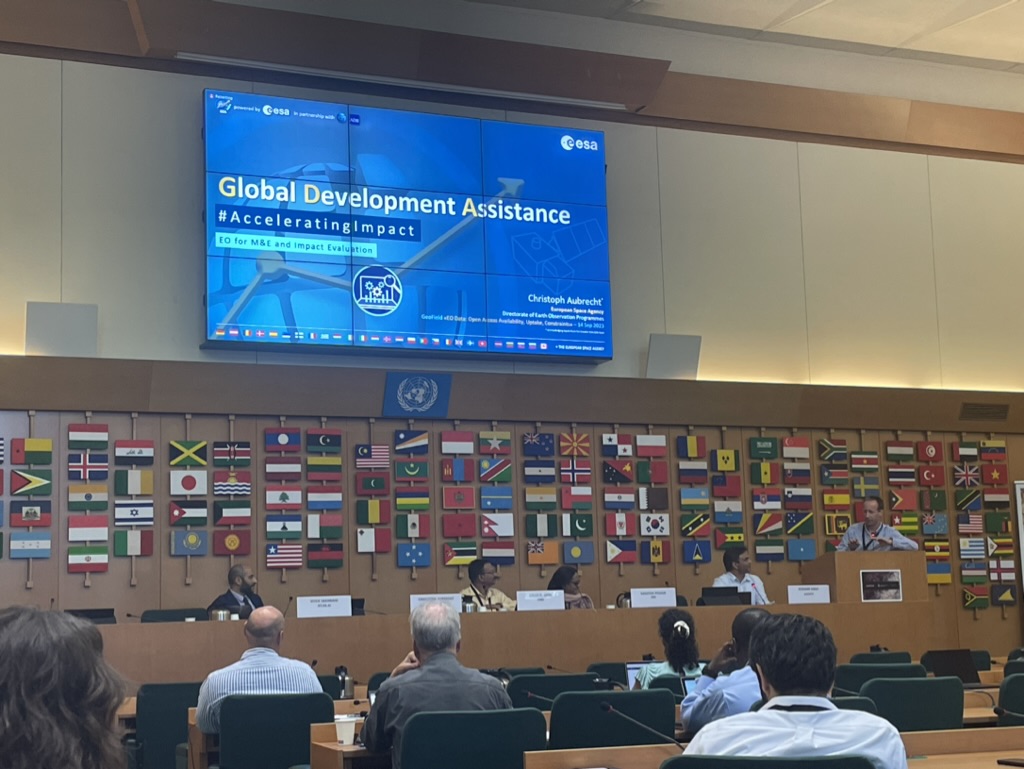
Other experts from organisations who are committed to the cause of sustainable agriculture, such as the ESA GDA partner institutions IFAD (International Fund for Agricultural Development) and World Bank, lent their expertise and knowledge to the conversation. Their involvement highlighs the importance of EO in addressing global agricultural challenges and demonstrates commitment to advancing agricultural resilience in the face of climate change. In doing so, IFAD and the World Bank reaffirmed their role in advancing ESA’s GDA agenda.
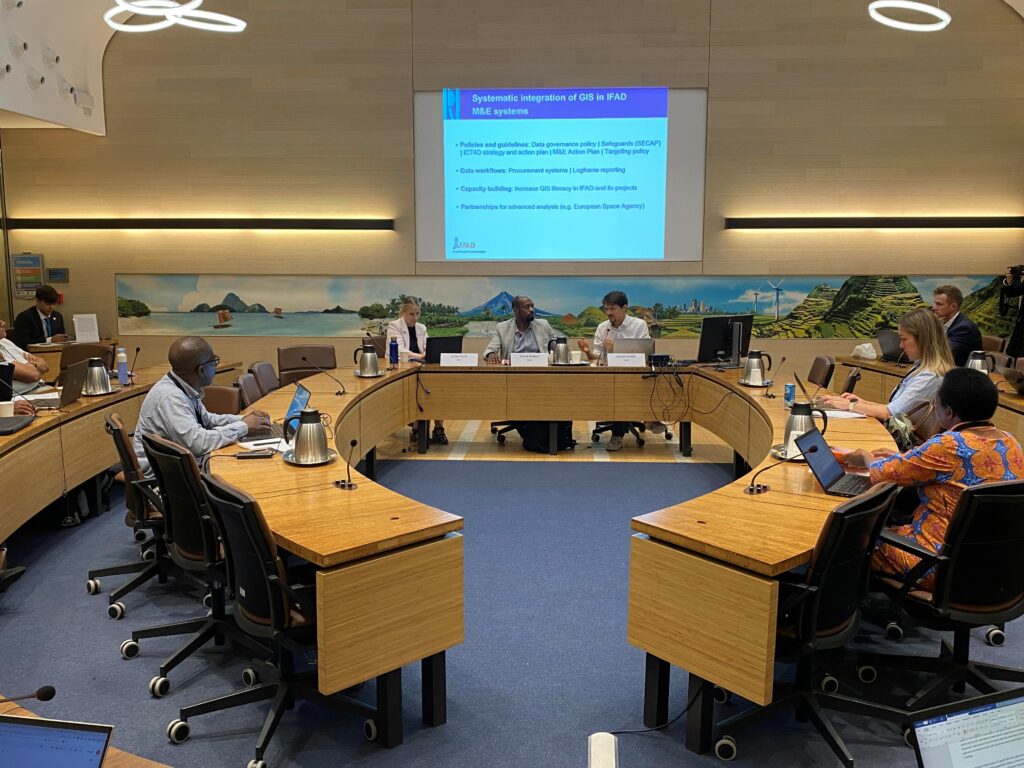
Furthermore, this underscores the central role of international financial institutions (IFI) in offering support for initiatives that leverage EO technologies in global development cooperation. Together with industry leaders, the IFI’s actively explored innovative solutions that bridge the divide between technology and tangible, real-world impact. They explored how EO technologies monitor weather changes, assess crops, and enhance food security, bolstering agricultural resilience in the face of climate change.
The links between EO and M&E cannot be underestimated. EO’s ability to provide data on environmental and agricultural conditions offers a game-changing advantage for M&E efforts in climate-sensitive agriculture. This connection empowers organisations and policymakers to assess the impact of their initiatives with unparalleled precision. By leveraging EO data, M&E practitioners gain access to information on crop health, land use changes, weather patterns, and more, allowing for better informed decision-making and adaptive strategies. The merging of EO and M&E brings together advanced technology and thorough evaluation methods, guiding us towards a future where our actions are both better targeted and more environmentally friendly as we deal with our changing climate.
Key Takeaways
1. ESA stands out as a driving force in global development, particularly through its Global Development Assistance (GDA) programme. ESA’s unwavering commitment to fostering EO data mainstreaming in development operations (including for M&E and impact evaluation) has significantly enhanced our ability to tackle pressing global challenges.
2. The involvement of IFIs underscores the importance of multilateral collaboration in supporting initiatives that leverage EO for agricultural development, bridging the gap between technology and on-the-ground impact.
3. EO’s capacity to provide continuously updated high-frequency data on environmental and agricultural conditions empowers M&E practitioners with unparalleled precision in assessing the impact of development initiatives. This dynamic fusion of cutting-edge technology and rigorous evaluation methodologies propels us towards a future where interventions are not only more targeted and effective but also more sustainable, crucial in addressing our evolving climate challenges.
Find the recording of the session dedicated to “EO Data: Open Access Availability, Uptake, and Constraints” here.



